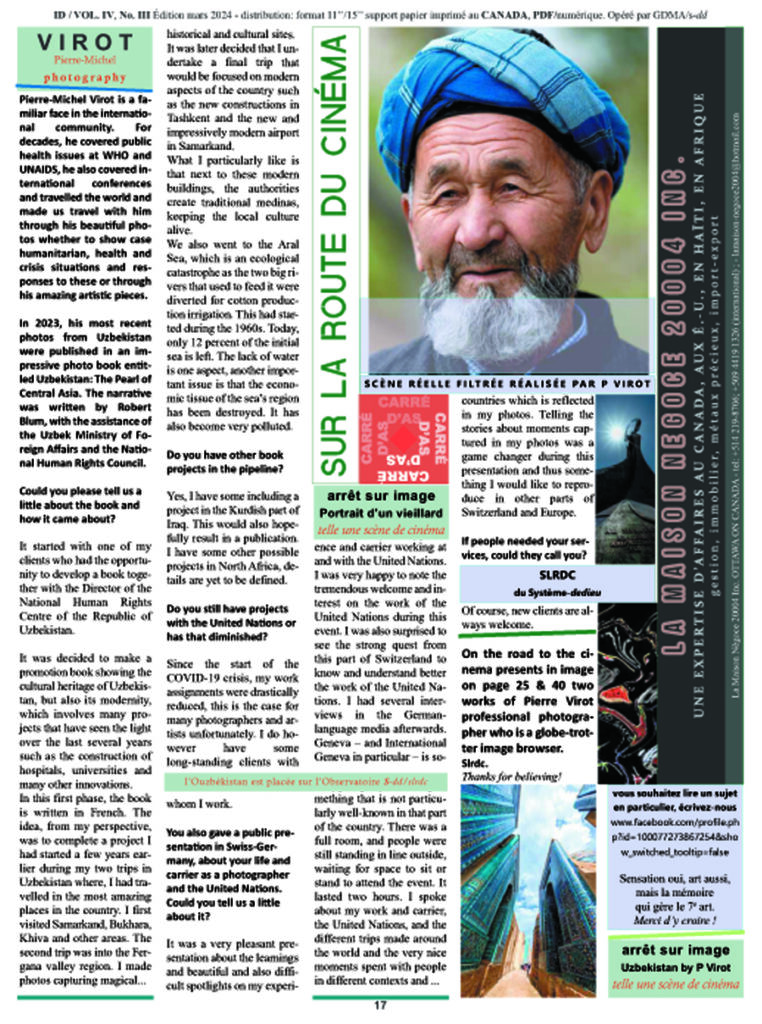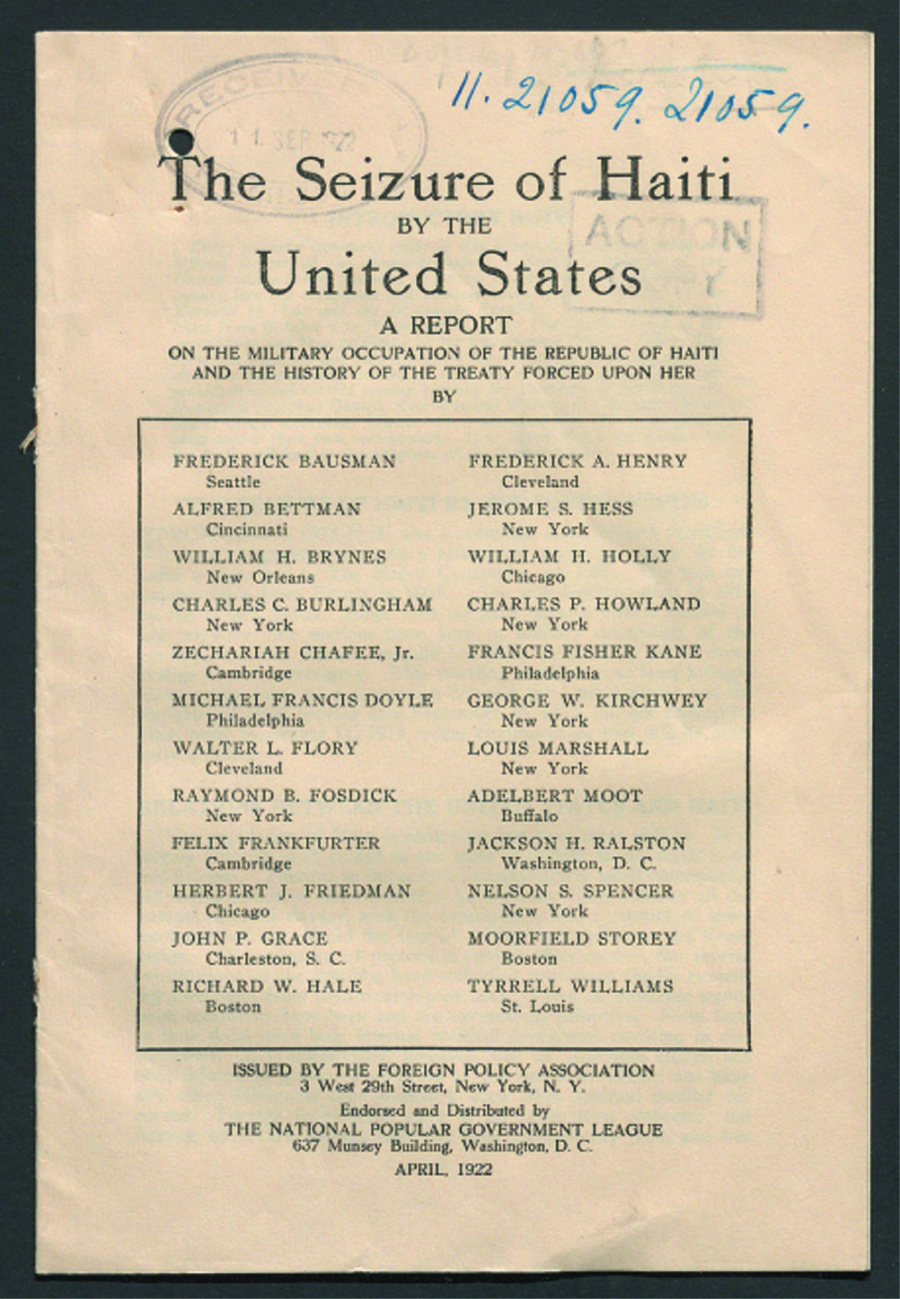
Pierre-Michel Virot, photography
Pierre-Michel Virot is a familiar face in the international community. For decades, he covered public health issues at WHO and UNAIDS, he also covered international conferences and travelled the world and made us travel with him through his beautiful photos whether to show case humanitarian, health and crisis situations and responses to these or through his amazing artistic pieces.
In 2023, his most recent photos from Uzbekistan were published in an impressive photo book entitled Uzbekistan: The Pearl of Central Asia. The narrative was written by Robert Blum, with the assistance of the Uzbek Ministry of Foreign Affairs and the National Human Rights Council.
Could you please tell us a little about the book and how it came about?
It started with one of my clients who had the opportunity to develop a book together with the Director of the National Human Rights Centre of the Republic of Uzbekistan.
It was decided to make a promotion book showing the cultural heritage of Uzbekistan, but also its modernity, which involves many projects that have seen the light over the last several years such as the construction of hospitals, universities and many other innovations.
In this first phase, the book is written in French. The idea, from my perspective, was to complete a project I had started a few years earlier during my two trips in Uzbekistan where, I had travelled in the most amazing places in the country. I first visited Samarkand, Bukhara, Khiva and other areas. The second trip was into the Fergana valley region. I made photos capturing magical historical and cultural sites.
It was later decided that I undertake a final trip that would be focused on modern aspects of the country such as the new constructions in Tashkent and the new and impressively modern airport in Samarkand.
What I particularly like is that next to these modern buildings, the authorities create traditional medinas, keeping the local culture alive.
We also went to the Aral Sea, which is an ecological catastrophe as the two big rivers that used to feed it were diverted for cotton production irrigation. This had started during the 1960s. Today, only 12 percent of the initial sea is left. The lack of water is one aspect, another important issue is that the economic tissue of the sea’s region has been destroyed. It has also become very polluted.
Do you have other book projects in the pipeline?
Yes, I have some including a project in the Kurdish part of Iraq. This would also hopefully result in a publication. I have some other possible projects in North Africa, details are yet to be defined.
Do you still have projects with the United Nations or has that diminished?
Since the start of the COVID-19 crisis, my work assignments were drastically reduced, this is the case for many photographers and artists unfortunately. I do however have some long-standing clients with whom I work.
You also gave a public presentation in Swiss-Germany, about your life and carrier as a photographer and the United Nations. Could you tell us a little about it?
It was a very pleasant presentation about the learnings and beautiful and also difficult spotlights on my experience and carrier working at and with the United Nations. I was very happy to note the tremendous welcome and interest on the work of the United Nations during this event. I was also surprised to see the strong quest from this part of Switzerland to know and understand better the work of the United Nations. I had several interviews in the German- language media afterwards. Geneva – and International Geneva in particular – is something that is not particularly well-known in that part of the country. There was a full room, and people were still standing in line outside, waiting for space to sit or stand to attend the event. It lasted two hours. I spoke about my work and carrier, the United Nations, and the different trips made around the world and the very nice moments spent with people in different contexts and countries which is reflected in my photos. Telling the stories about moments captured in my photos was a game changer during this presentation and thus something I would like to reproduce in other parts of Switzerland and Europe.
If people needed your services, could they call you?
Of course, new clients are always welcome.
- Sur la route du cinéma présente en image en page 25 et 40 deux travaux de Pierre Virot photographe professionnel qui est un globe-trotter fureteur d’images. Slrdc, Merci d’y croire !
- On the road to the cinema presents in image on page 25 & 40 two works of Pierre Virot professional photographer who is a globe-trotter image browser. Slrdc.
- Thanks for believing!
- l’Ouzbékistan est placée sur l’Observatoire S-dd/slrdc
- P17
ID Canada / ISSN 2563-818X (En ligne) – ISSN 2563-8181 (Imprimé)






